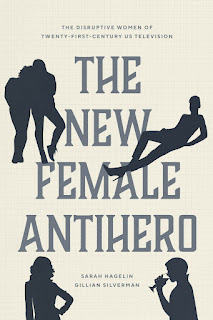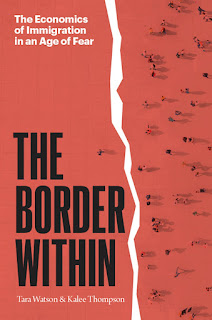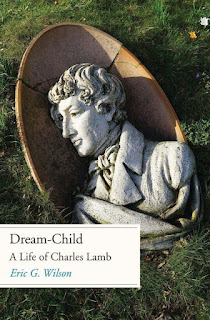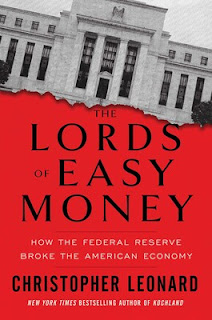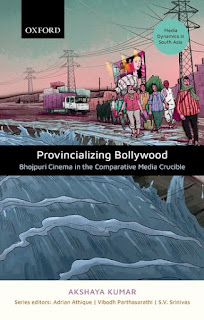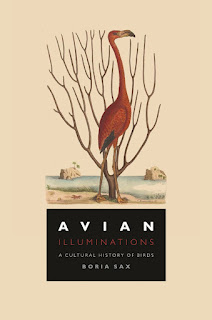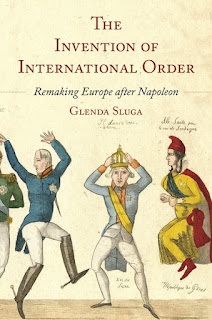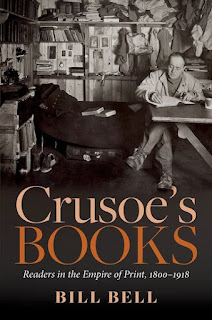 Harvard University in 2008, and is now Associate Professor at the University of Southern California in Los Angeles. His book Sandalwood and Carrion: Smell in Indian Religion and Culture explored the significance of odors, perfumes, and aromatics in India.
Harvard University in 2008, and is now Associate Professor at the University of Southern California in Los Angeles. His book Sandalwood and Carrion: Smell in Indian Religion and Culture explored the significance of odors, perfumes, and aromatics in India.
McHugh applied the “Page 99 Test” to his new book, An Unholy Brew: Alcohol in Indian History and Religions, and reported the following:
Page 99 starts half way through my translation of a short episode from a Buddhist text where some rogues are trying to get hold of money for buying a drink called surā, which is probably here some sort of grain-brewed drink, though not exactly like modern beer. They are waiting until a certain wealthy man passes by, hoping to tempt him to have some drugged surā-drink so they can steal his rings and robes, sell them, and buy more booze. But the canny rich man does not fall for it, of course. This is in a section of the book where I discuss what we can discover about common drinking houses, pubs as it were, in ancient India, and so on page 99 I also discuss whether people sat or stood – probably both – and whether there was a bar like in modern pubs – and there most likely was not. This is all based on quite rare, stray references in various texts from ancient India, many of which are rather stylized and moralizing so, of course, it is hard to know how much they tell us about how things actually were.Learn more about An Unholy Brew at the Oxford University Press website.
As for whether this passes the Page 99 Test, I think it does pretty well. The book as whole is extremely eclectic, almost an encyclopedia loosely connected by a narrative, but this gives a solid feel for one of the many diverse topics covered, and as such page 99 is quite representative of the whole. Also, I tend to focus a good bit on more practical matters such as recipes for drinks and the material culture of brewing, and that practical aspect of the book is very much in evidence here. The constant uncertainty of how we might relate textual artifice in the sources with social history is also a theme throughout the book. Are these texts just giving hyper-stylized accounts of drinks and drinking, relying on pure convention, or can we glimpse some of what really went on? At the very least we get a great sense of how certain groups of people chose to represent alcohol cultures.
Also, as in the rest of the book, we can see here the tension between moralizing tendencies and the touch of charming humor you find in many early Indian descriptions of drinking; the men with the devious plan here are most definitely said to be rogues from the Buddhist point of view, but the story is also entertaining. I am certain many a premodern hearer of this story might have identified more with the rogues. I know that in many such stories I by no means identify with the virtuous characters.
And finally, this page deals with drinks, drinking patterns, as well as religion—the translation is from a Buddhist text—and the book deals with all those aspects of alcohol (and other substances such as betel and cannabis) in ancient and medieval India.
--Marshal Zeringue

